 |
A version of this article (‘Fun winter photo projects for the long, dark days of winter’) was first published in late 2019. Following the global restrictions on movement as a result of the coronavirus pandemic, this article has been updated with some additional ideas for photography in isolation.
It might feel that this lockdown situation has left our cameras totally superfluous while we can’t get out to shoot the things we would usually take pictures of. Not being able to go out means we have nothing to take pictures of. Right?
Wrong!
Just because we can’t get out and about like we normally would, doesn’t mean we have to stop taking pictures. There’s still plenty you can do, provided you’re prepared to use some imagination. Here are a few ideas to keep you shooting until normal life resumes.
Start a photo diary
 |
| A few months ago if you saw someone shopping for groceries wearing a respirator, you’d probably have called the police. As well as providing a creative outlet, a photo diary will serve as a reminder of the current weirdness, when things finally get back to normal. |
Most photographers love to shoot the unusual, and you don’t get much more unusual than These Unprecedented Times. Right now everything counts as out of the ordinary.
There are a number of remarkable things about these lockdown days that are worth photographing now so we can remember them when it is all over. Streets empty that are usually busy are remarkable and can evoke the sense of historical pictures from before the invention of the motorcar. Other things that are different at the moment will be queues to get into stores and the lines marked out on the floor to show how far apart we should be.
 |
For this abstract shot, I framed a social distancing guide inside the lattice of my shopping cart at a local grocery store. |
People wearing masks and gloves – and sometimes full-body chemical suits – in the street, in stores and out exercising are also a sure reflection of the times we are in. There are signs too of social distancing, with people chatting from further apart than seems natural, delivery people standing at the end of the garden path waiting for someone to answer the door, and of course people at home making video calls to friends and family. And baking – suddenly everyone is making cakes, bread and cookies.
Perhaps start by making a list of all the things that have changed about your life, the lives of those around you and your environment, and then think about how you can record those changes with your camera.
Of course the project doesn’t need to be presented literally as a diary when this is all over, but if you think of it as a diary while you’re working, it will remind you to try shooting something every day.
Abstracts at home
 |
| It’s likely that there are abstract photographs to be had all over your house or apartment, if you use some imagination. |
Most photographers find it hard to see interesting pictures in places in which they are most familiar. A trip somewhere new seems always exactly what our photography needed, as shooting away from home consistently inspires us to new artistic heights. The truth of course is that everywhere else isn’t more interesting than the place we are in, it just seems that way because over time it’s easy to become blind to the things staring us in the face at home.
Our houses, apartments, sheds, garages, bathrooms, stairways, windowsills and shoe cupboards are all harboring an infinite number of stunning, interesting, intriguing and fascinating pictures that, on a daily basis, we fail to see. If someone else came into our house they would see all those opportunities (which would be very annoying) and we would see them in theirs, but finding them in our own is a much more challenging matter.
Finding the interesting abstracts in your own home requires you to look with new eyes.
 |
Here, the frosted glass window on a bathroom cabinet provides a frame for a simple abstract shot, without the need to go outdoors. |
Pretend everything is new and that you haven’t seen it before, and then you will be free to notice the leading lines, the places where one edge meets another in delightful geometric harmony, and how the ordinary things in the kitchen are transformed when the light is on or off.
The trick here is to look slowly, and then look again. Take the time to look in detail and to look at the same thing from different angles, with different light, long lenses and wide lenses. Then move to the left a bit. You may never feel the need to leave the house again.
Country and urban landscapes
 |
| You don’t have to travel far to find nature. It doesn’t occur to a lot of photographers that there may be beautiful photographs waiting for them in their home towns and villages. |
When it comes to landscapes, you should be careful, because the rules and regulations are different for each country. If you’re considering venturing out, be aware of what is allowed and not allowed where you live. In some places people aren’t allowed out of the house for any reason other than shopping for food or medical supplies. In others parts of the world, taking a walk for exercise is positively encouraged.
Where I live there are more people out exercising than ever before, so the popular places are, well, popular and too crowded for my liking. I’ve been avoiding those and walking in less obvious areas where the lack of traffic and the usual bustle has made for some interesting and unusual sights. I go early too, as it seems everyone else is taking the opportunity to stay in bed a little longer. I get the early morning light as well as empty places all to myself.
Where I live it is okay to take a camera with you when you are going out to exercise, but it’s not acceptable to just head off on a photo expedition with tripods, big bags and a pile of paraphernalia. I’ve actually been shooting a lot more with my phone, as I feel that is easier to justify to myself and I know it will delay me much less than having a proper camera with me.
 |
Landscape photography doesn’t have to mean driving for hours to get to a beauty spot. This photograph was taken within walking distance from where I live. An emblematic image of lockdown: A completely empty highway, in the middle of the day. |
Be conscious of what is acceptable in your region and don’t risk your health, or that of anyone else, by being out too long, standing in one place for ages waiting for the light, or putting yourself somewhere in which others can’t pass you without getting too close.
I live in an urban area in a mostly flat county, so I’m not expecting rolling hills and distant mountains, and I’m making do with roads, bridges, patches of green and the occasional field of crops. Landscape pictures don’t have to be of beautiful scenery, but you can usually find something aesthetically pleasing in an ordinary scene when you look hard enough.
Still life
 |
| I used a gold sheet of card from a craft store to send a little warmth back into the subject from the left hand side. The diffused flash was positioned on the right, and contrasting the white light from the flash with the gold light from the reflector emphasizes the warm effect |
A good mastery of still life photography should help improve your photography across the board, and this is a good time to get some practice in. Working with a few objects on the table top with just a single light and a reflector is an ideal way to teach yourself more about lighting, exposure and composition.
If you are new to still life photography I suggest starting with just an orange and a table lamp, moving the lamp around the orange to see how the direction of the light changes the way the orange looks. Once you’ve done that and looked carefully at the way highlights and shadows control the sense of three dimensions in the image you can move on to everyday objects laying around the house.
 |
Keep things simple by using just one or two objects in your scene, and try lighting with just one source and a couple of reflectors to moderate the shadows. Here I used a single LED panel at the top of the frame, and a couple of mirror tiles to the left and right of the handle to throw some light back in the opposite direction. A wide aperture created a shallow depth-of-field to draw the eye diagonally up the handle to the point of focus. The blueberry doesn’t need to be sharp for us to know it is a blueberry, and it is used as a counterweight to the main area of interest |
Knives, forks and spoons offer interesting shapes and compositional challenges, and natural objects saved from the autumn, like nuts or dried leaves, give you the chance to bring nature into your work. The supermarket is also filled with interesting fruit and vegetables, and home stores and hardware stores stock nice cups, glasses and industrial looking bolts, screws, springs and fascinating sheets of metal/plastic/wood that will make interesting backgrounds.
One of the nice things about still life is that you can take your time and there is usually no rush, so you can look really carefully, try things out and try again when it doesn’t work the first time.
Tips:
- Work slowly and really look at the effect of the light on your subject
- Use silver, gold, white and black cards to bounce/block light
- When used as a reflector, mirrors throw back so much light they can save you having to buy a second flash
Macro
 |
| Here a little light either side is used to demonstrate the three-dimensional qualities of the seed head and the stem, and to lift it from the black-cloth background. I used a pair of hotshoe flash units fired through mini-softboxes attached to an adapter ring |
An extension of still life, macro photography will test your ability to see details and to look more closely than usual. Successful macro photography is all about finding hidden textures, patterns and features of everyday objects as well as capturing tiny plants and animals that might otherwise escape our attention.
Macro does require at least some specialist equipment, whether that’s a reversal ring, a coupling ring to mount one lens backwards on another or an actual dedicated macro lens. Using a lens designed for macro will make your life a lot easier and will deliver the best quality without too much effort, but high-quality macro lenses can be costly.
Extension tubes are very affordable, and can be added to a standard lens to help you get a little, or a lot, closer, and a micro adjustment platform for your tripod head can help when it comes to getting accurate focus in the closeup range without having to move the tripod.
 |
| Lights don’t need to be expensive. This was lit with a small pocket flashlight positioned to make these pasta shells glow in the dark. A sheet of white paper under the lens was enough to throw a touch of light back to reveal some of the details of side of the shells closest to the camera |
Cable and remote release devices will help to avoid camera shake with dramatic magnifications and tethering software will allow a bigger preview to ensure anything is perfect before you trip the shutter. How about using these months of isolation to teach yourself focus stacking so you can control exactly what is and isn’t sharp in your images?
Tips:
- Having a dedicated macro lens will make your life easier
- Use a tripod or support, don’t think you can do this handheld
- Be aware that depth-of-field is tiny in macro work, so add lots of light if you need small apertures
Window portraits of family
 |
| Late afternoon light on a winter’s day softly passing through a bay window was all that was needed for this portrait. I kept the sitter well back from the window to produce nice soft contrast but still retaining enough to show the shape of her head and features. Using the white balance in Daylight mode shows the coolness of the light and lets us know this is a winter image |
It doesn’t matter what time of year it is – daylight gliding through a north-facing window will always provide some of the best kind of lighting for natural-looking portraiture. On rainy and overcast days the light levels might be lower but that light will also be softer and more flattering.
Position your subject close to the window if you want more contrast and further away for less, and try turning them 3/4 against the light to get a more dramatic effect. Using a black card on the unlit side of the face can help to deepen shadows if there’s more light than you want bouncing around the room. A net curtain or sheet of thin paper across the window can diffuse the daylight on a sunny day or when you only have south-facing windows to play with.
 |
Positioning the subjects directly in front of a sunny window gives them this stark and very direct frontal lighting. I stood with my back to the window and pulled the shutters across to create the stripes on the groom’s jacket. The light on his face is reflected from the white top-side of the shutters. As he is close to the window the light drops off quite quickly, leaving his friends visible but much darker. This helps to express who is the most important player in the scene, and who are the secondary elements. |
Extra diffusion will also cut down the light making it easier to achieve a wide aperture if you want shallow depth-of-field.
Try experimenting with white balance too, so you can create a warm or cool effect whatever the conditions outside.
Tips:
- Try positioning the sitter at different distances from the window to vary contrast
- Move your sitter between each end of the window to alter how the light wraps around their face
- Use net curtains, bubble wrap or paper to diffuse the light even more
Home studio
 |
|
Using quite a small soft light creates strong direction but avoids razor-sharp edges to the shadows. The small light also allows a rapid fall off, so the subject’s head is lit more brightly than her body, and positioning the light just slightly behind illuminates the front of her face while leaving the side closest to the camera dark – drawing attention to her closed eyes. A small direct light from behind her lifts her shoulders from the background and helps to create a sense of depth in the picture. Opera singer Golda Schultz for the BBC Proms Magazine |
When there’s not too much natural light coming through the windows, or we need more for smaller apertures and lower ISO settings, it’s a good time to think about alternative light sources. Domestic lights can be very useful for lighting in a home studio but they don’t always deliver enough power, so sometimes we need to look at flash.
There have never been so many flash units available for photographers so we have plenty of choice. Big studio monoblock type studio flash offer the advantage of power and a modeling bulb so we can see what we are doing, but they can feel expensive for the enthusiast. A useful alternative is to use one of the host of hotshoe flash units that are available – either from the manufacturer of your camera or from one of the many independent brands that have sprung up over the last ten or so years.
 |
This is the setup for the shot above. You can see that I believe in keeping things simple. The lights are Rotolight Annova Pro on the left and the Neo2 on the right. I used a Veydra Mini Prime 35mm T2.2 cinema lens – for a softer feel – on the Panasonic Lumix DC-G9 |
Modern hotshoe flash units are remarkably powerful, flexible and easy to use, and with auto and TTL modes they can be set to do all the work for you. In manual mode they offer more straight forward options and with wireless control becoming the norm you don’t have to leave the camera position to make your changes – or to check the results of any adjustments you’ve made.
What makes hotshoe style flash units so useful now is the mass of accessories and modifiers that can transform their light to be indistinguishable from that of a professional studio flash. I use adapter clamps so that my flash units can fit inside the softboxes, dishes and snoots that I use with my main studio units, and enjoy the convenience, the shorter set-up time and that they fit in smaller spaces.
Tips:
- Keep the flash/light source away from the camera for a more three-dimensional effect
- Bounce light from a white wall/ceiling to create a larger/softer light
- Use an adapter that allows you to use soft-boxes and accessories with your flash head for a wider range of lighting looks
Summing up
Lockdown doesn’t have to mean putting down your camera. All that’s required is a little imagination and (ideally) a tripod. So take a look around your home to see what/who you can aim your camera at, start a photo diary, and keep on shooting until we can all get outside again.
Articles: Digital Photography Review (dpreview.com)
































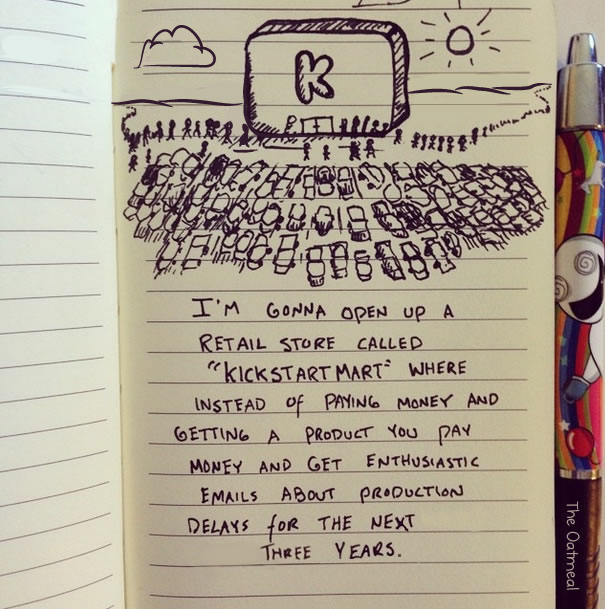 via The Oatmeal
via The Oatmeal







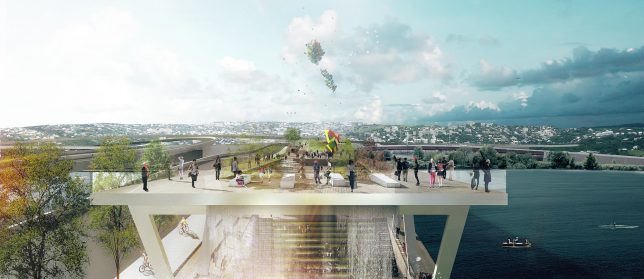
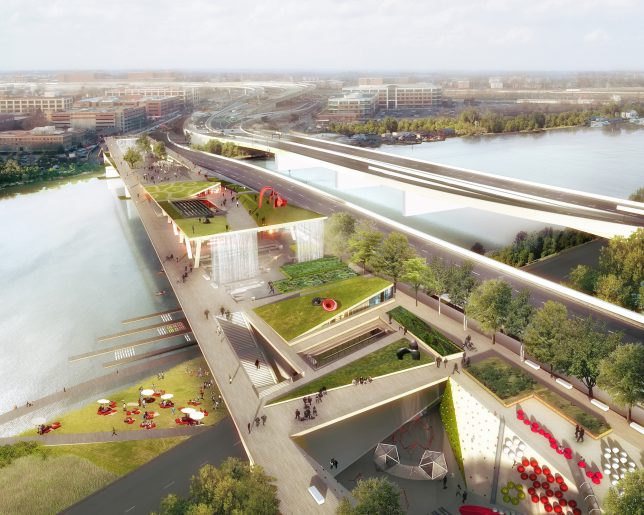
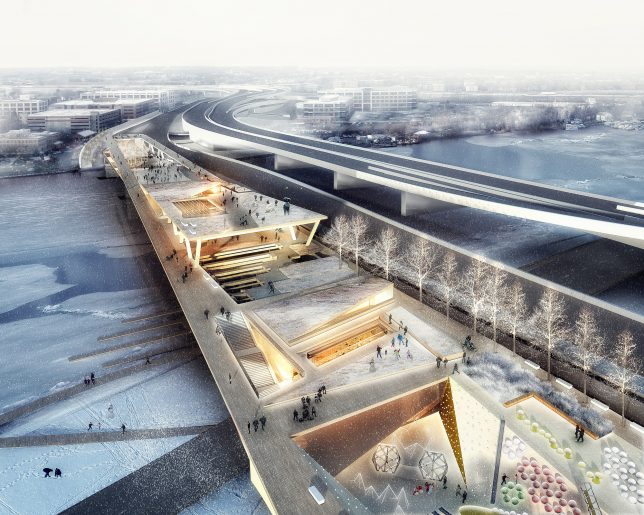
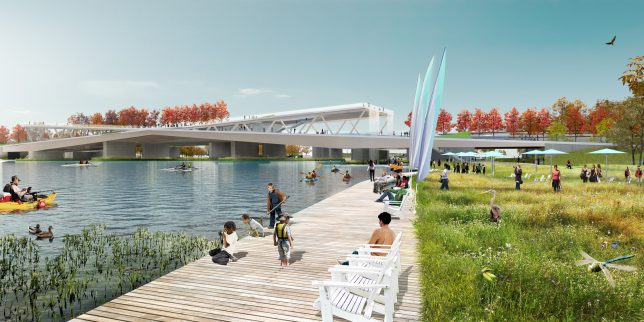
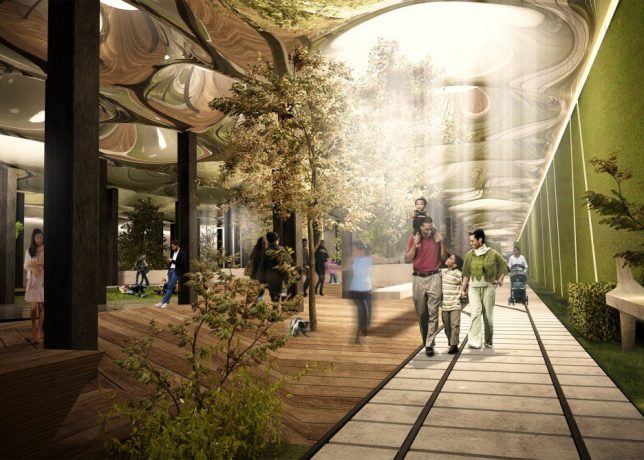
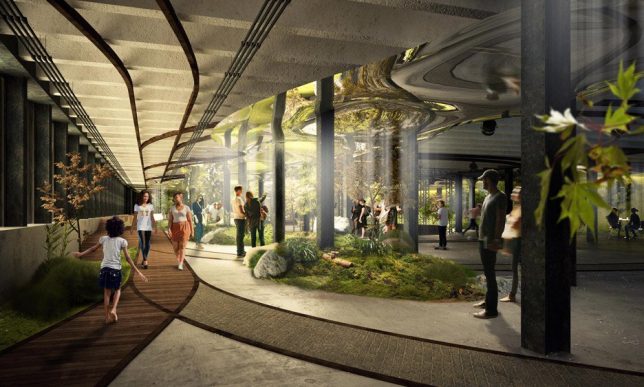
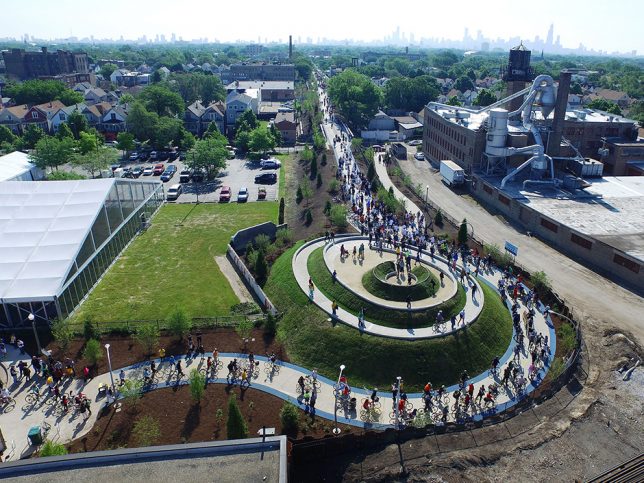
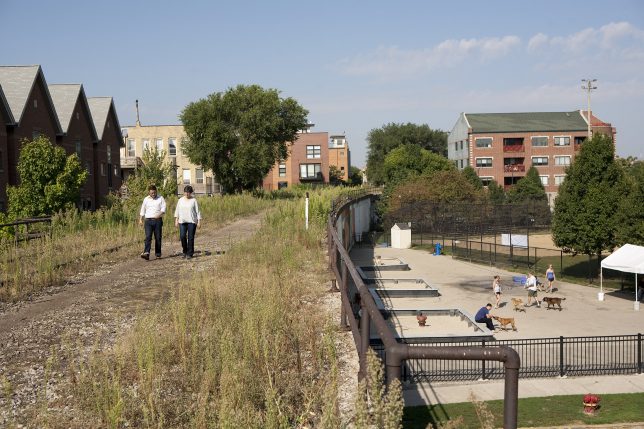
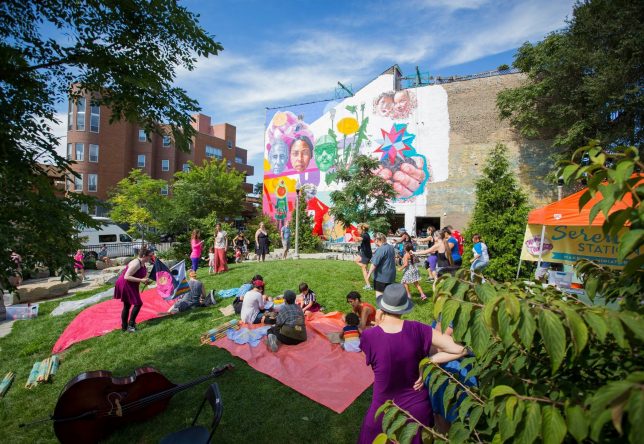
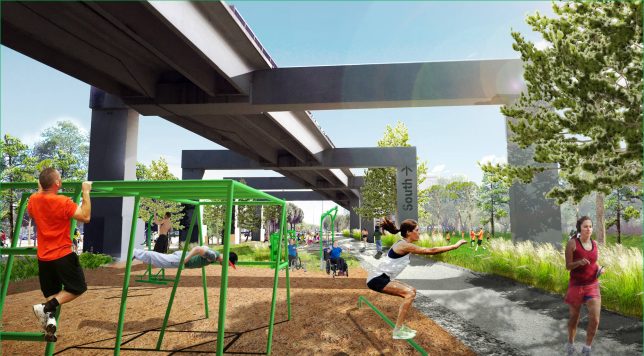
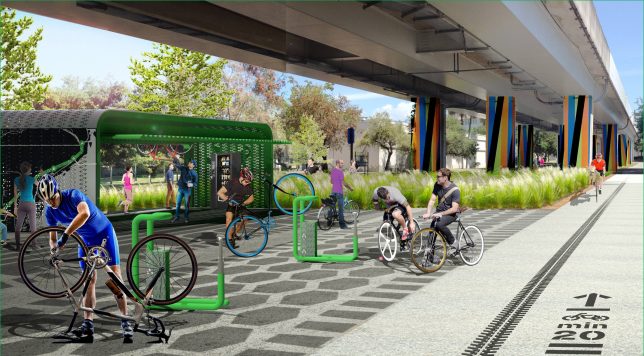
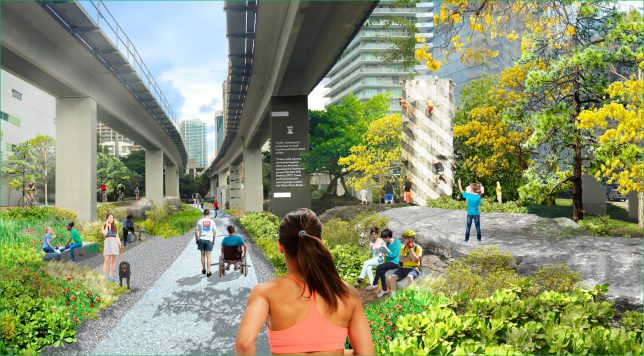




You must be logged in to post a comment.